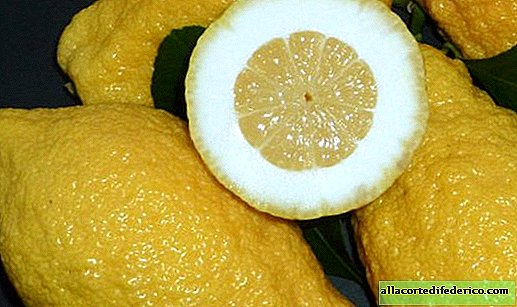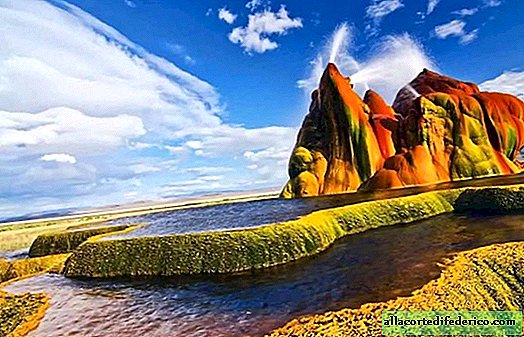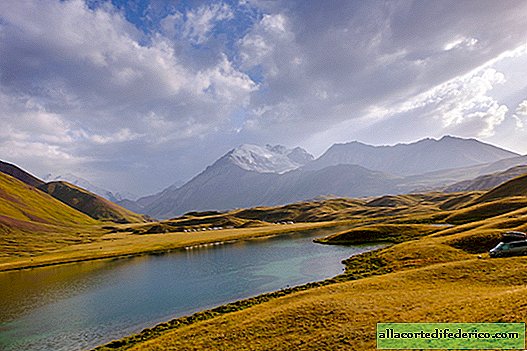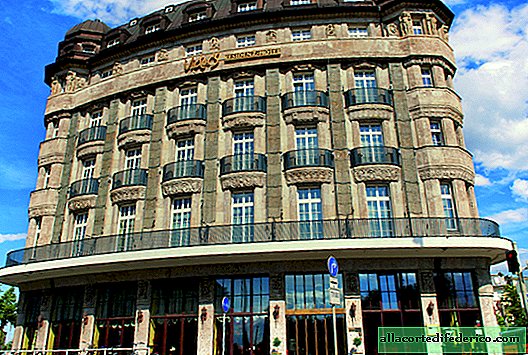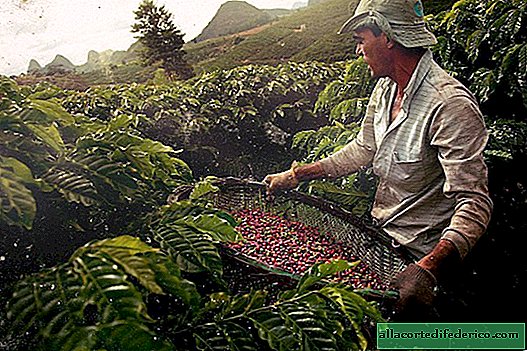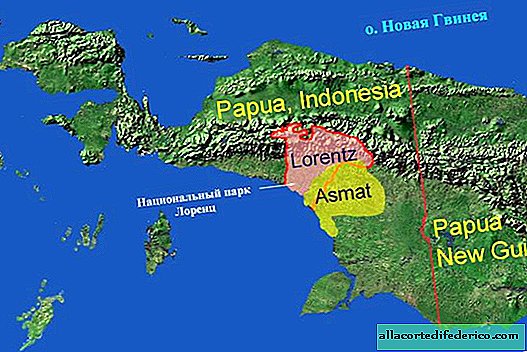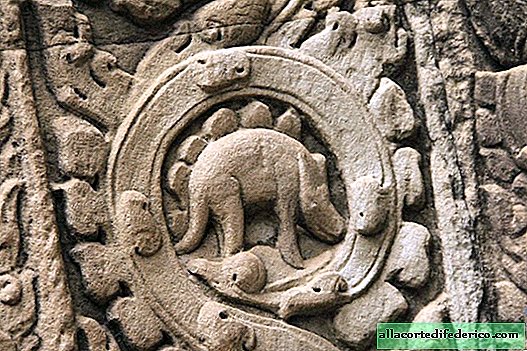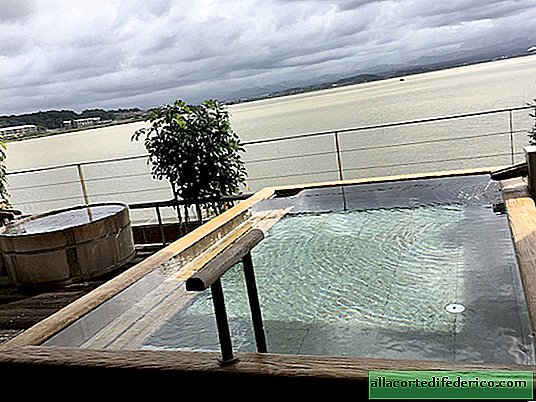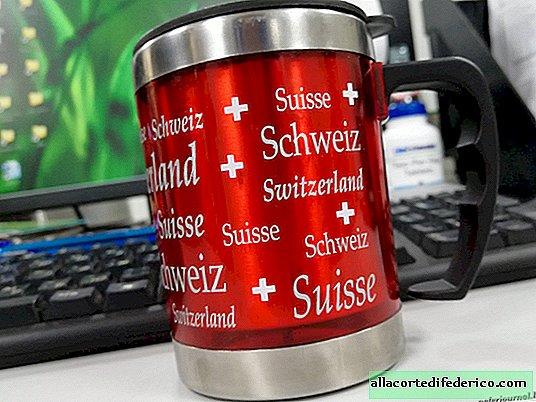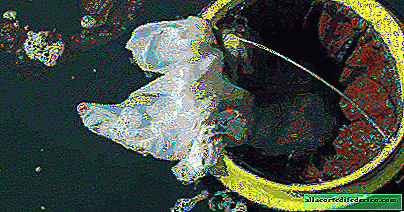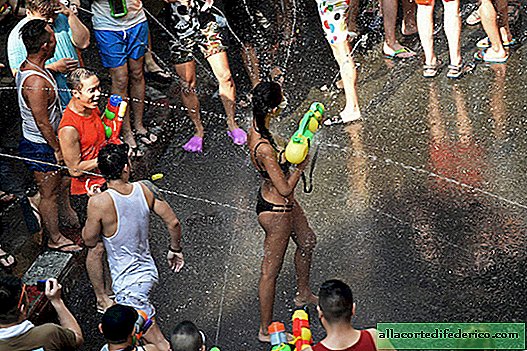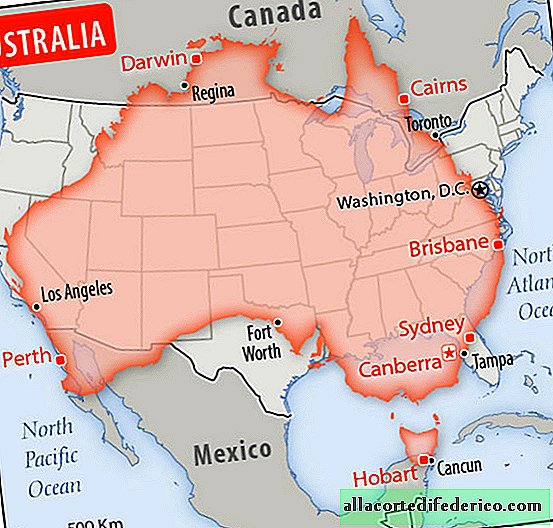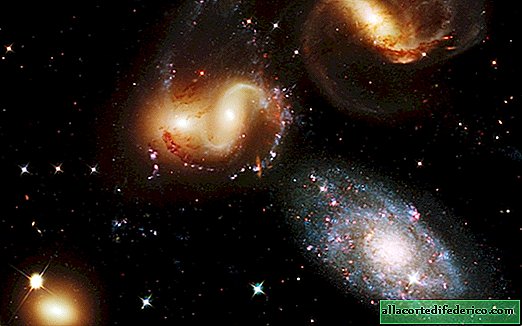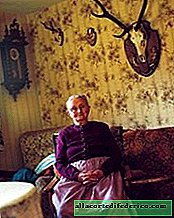What unites us and the genius of the Renaissance Michelangelo
Do you know what unites us with Michelangelo Buonarroti? We cannot sculpt or paint in the same way as the great master, but we can eat the same thing as him.
According to the list of products left by the great artist, we know that he was on a diet of fish, bread and a small amount of wine.
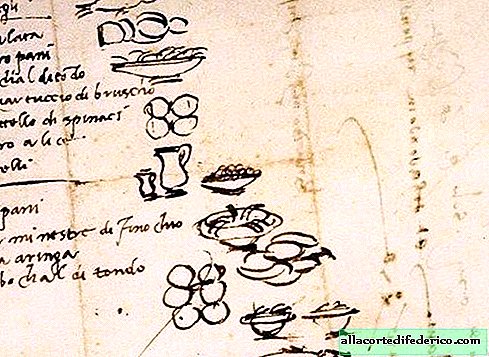 In March 1518, Michelangelo ate fish and washed down with wine.
In March 1518, Michelangelo ate fish and washed down with wine.And he liked to eat well and tasty. The list is for three meals. The artist painted buns that look like quickly drawn circles. He asked for two for breakfast. Six buns for lunch. Also graceful herring floats on the page, and bowls located nearby are bursting with lettuce and anchovies. Two stewed fennel dishes are drawn side by side. Michelangelo ordered a small amount of dry wine. He drew a small jug next to a large one. The artist did not depict a plate with tortelli dumplings, but indicated in writing that you need to buy ready-made dough for them.
The menu consisted mainly of vegetables, fish, wine and bread. It may seem very healthy and meager, but everything is explained by the entry left on the back of the list. There is a date March 18, 1518. This is the time of Lent. That's why there is no meat on the list. Michelangelo ordered only the necessary products.
 Portrait of Michelangelo. Jacopino del Conte. 1535 g.
Portrait of Michelangelo. Jacopino del Conte. 1535 g.Gillian Riley, analyzing the artist’s diet, writes in the Oxford Italian Cuisine Guide that this was a high-quality menu. Despite the reputation of a humble person, the artist, accustomed to dining with nobles, knew a lot about delicious food.
By 1518, Michelangelo had already completed many of his most famous works, including Pieta and David. The ceiling of the Sistine Chapel was already painted.
Among all his outstanding works, this list of products is perhaps the most mundane work. A sketch that the artist reveals to us from the other side. It is interesting to imagine how the great Michelangelo explained to his servant what to buy in the market. How he did it, easily sketching product images on paper.
The fact that this list has been preserved is a miracle. Only 600 sketches of the artist have reached us. In 1518, Michelangelo burned many of his early drawings, and 46 years later, before his death, he ordered the destruction of all his papers, drafts, and drafts. Most likely, he wanted to keep the legend of the divine genius after himself and did not want to reveal the secret of his works.
But this list of products has come down to us through the ages. And he made the great genius a little more accessible as a person.
When there was no fasting, the artist liked to eat minestrone soup. This, by the way, united him with Leonardo da Vinci. He in letters to his friends admitted that there is nothing better in the world than such a soup. He reminded him of his childhood. The composition of the dish included: onions, carrots, potatoes, parmesan cheese, zucchini, beans, greens. Products that stimulate brain activity. There is nothing surprising in the fact that, eating properly, the geniuses of the Renaissance have reached such heights.
Specialists have long found out that if you want to be smart, you need to eat those products that contribute to this. Numerous tests were carried out, which revealed that raisins, cranberries, dates, spinach, dill, any fish, especially salmon and tuna, positively affect the development of intelligence. Aristotle noticed that after a tasty and healthy dinner, blood rushes to the head, and everyone becomes a philosopher, mathematician and poet. On a full stomach it is always nicer to reason.
 F. M. Dostoevsky
F. M. DostoevskyOur Russian genius Fedor Mikhailovich Dostoevsky loved the chicken very much. He asked his wife Anna Grigoryevna to cook her every day. He especially liked drinking her warm milk. When he was sad, the writer ate pine nuts. And not just like that, but with honey. He acquired this habit when he was in Semipalatinsk. Nuts were brought there by whole caravans from Bukhara to the dried fruit fair. Dostoevsky’s daughters recalled that the writer was very fond of sweets. In the farthest drawer of the table he always had a few sweets. He loved so much that sometimes he even got up to eat them at night.
Another Russian genius Lev Tolstoy was a vegetarian. But this did not stop him from writing War and Peace. The mystery of Tolstoy is that he loved the cold beetroot. According to the recollections of Tatyana’s daughter, his dinner consisted of noodles, vegetables and fruits. It is especially curious that he sat down to write his great novels, having previously spread a piece of bread with a thick layer of honey. But among all the products, Lev Nikolaevich had his favorite - cucumber! He could eat it in any quantities. Sometimes they were even hidden.
Of course, there are no guarantees that, after eating a couple of kilograms of potatoes, we will write “Creation of the World” or “Anna Karenina”, but we will think more effectively.

